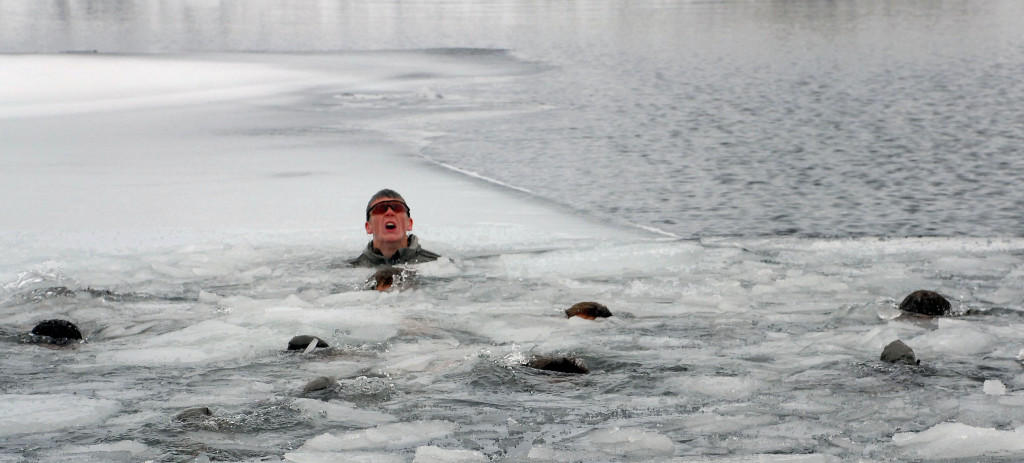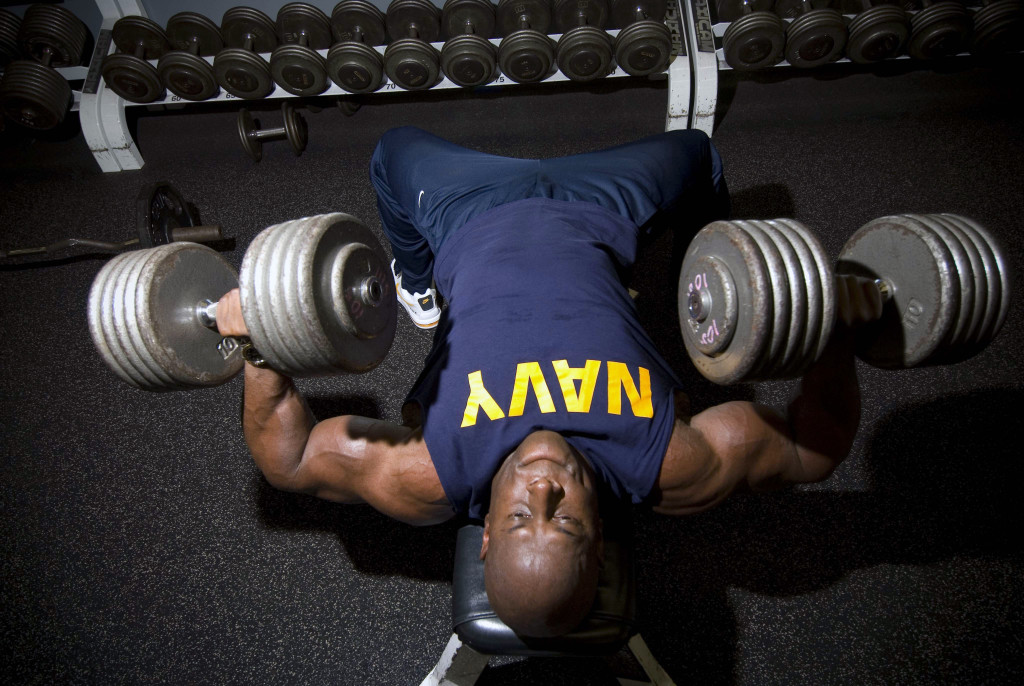Most people who have allergies will usually have more than one type. But they probably don’t have any of the 5 weird allergies we are about to share. That’s because these five are extremely uncommon. After reading this post, you will probably feel a lot more fortunate if you are one who doesn’t experience any of them. That is because they could significantly lower the quality of life.
Allergies are inaccurate reactions to a foreign substance by the immune system. Some of the common substances include pollen, fur and dust. According to the best data available, one in five people in the U.S. have either allergy or asthma symptoms. We briefly talked about a rare water allergy in one of our previous posts. Today, we will talk about five more you may have never heard about. From being allergic to the sun to exercise, these are some of the strangest allergies around.
#1 Semen Allergy

Treatment For A Semen Allergy: In mild to moderate cases, doctors can use treatments that will help desensitize the allergic reaction. Of course, condoms are a fairly easy way to prevent this rare allergy. But if you are trying to conceive and your case is severe, it is recommended that you get assistance from an experienced fertility doctor. Artificial insemination may be the alternative route.
#2 Exercise Allergy
As most of us are already aware, regular exercise and activity provides many great health benefits. Just to name a couple, it can help control your weight and even help combat diseases. But what if an allergy prevented you from exercising? Well, believe it or not, exercise allergies really do exist. In medical literature, this type of allergy has only been reported around 1,000 times since the 1970s. It is important to point out that there are two different types. One will occur after eating food and within a couple hours of exercise. The second type will occur without eating any food.
Sufferers with a mild exercise allergy can get urticaria (rash of round and red welts on the skin). Severe cases of the allergy can lead to anaphylaxis (a life-threatening type of allergic reaction).
Treatment For An Exercise Allergy: To help prevent a food-related allergy, you can choose to not eat before you exercise. But regardless if you eat before or not, it is recommended you stop exercising. To treat the dangerous condition anaphylaxis, immediate medical attention is required.
#3 Child Allergic To Almost All Foods
A twelve-year-old boy named Tylor Savage is allergic to virtually everything he eats. This includes gluten, wheat, dairy products, eggs and soy products. At the age of 4, Tylor experienced his first time getting violently ill after eating. By the age of 6, his diarrhea and vomiting was much worse. Instead of doctors finding his genuine condition, they believed it to be nothing but stomach viruses.
By the time Tylor reached the age of 10, he was passing out and going into convulsions. It was so bad, he was even passing blood from both ends of his digestive tract. Feeling perplexed and very desperate, doctors believed that the next approach would be an appendectomy (surgical removal of the appendix). Specialists later determined the problem wasn’t a stomach virus, but an exceedingly rare condition called eosinophilic enteropathy. Eosinophilic enteropathy is a disorder that causes eosinophils (white blood cells that are associated with allergic-type reactions) to build up in the gastrointestinal system and blood. The build up in the gastrointestinal tract affects the body by causing polyps, tissue break down, inflammation and ulcers. The specific function of eosinophils remains unknown, but they do play a role in the body’s immune response by releasing toxins.
How Tylor’s Rare Food Allergy Is Treated
After discovering Tylor’s real condition, doctors chose to take him off all foods. He was only given a liquid formula through a feeding tube (inserted through his nose). The next step was to introduce Tylor to just one food at a time. This was done to ensure he was able tolerate each before adding another. Today, Tylor is still required to have vitamins and minerals, but only in a liquid form.
Tylor’s gastric tube was later replaced by a port located in his stomach. At night, he plugs a tube that is connected to a bag of formula into the port. Today, this have gotten better for Tylor. He is able to tolerate some solid foods without getting sick. Even his school attendance has improved. He also claims to be energetic and involved in sports. Tylor has future plans to expand his diet.
The Australian Who Is Allergic To All Foods And Drinks (except water)
Unlike Tylor Savage, Kaleb Bussenschutt from Australia has a condition that doesn’t even have a name. That is because it is so rare. All Kaleb can ingest is water, ice and just one specific brand of lemonade. Anything else will give him severe and very painful stomach problems. This includes vomiting and stomach ulcers. The ulcers are so severe, they put him in the hospital. To avoid suffering from severe stomach problems, Kaleb is drip fed formula 20 hours a day through a tube.
#4 Cold Temperatures Allergy

Treatment For Cold Urticaria: Just by avoiding cold air and water, you can help prevent the skin reaction to cold. Of course, this is much easier said than done. But if you are currently living in cold conditions and suffer with cold urticaria, you may want to move to a warmer climate to limit your chances of more skin reactions. Doctors will usually recommend antihistamines for treatment.
Below is an image of an allergic urticaria on a leg in the form of hives. It was induced by cold.

“Cold urticaria3” by Templeton8012 is licensed under CC BY-SA 3.0
#5 Sun Allergy
The sun doesn’t just boost your body’s vitamin D supply. Regular exposure to sunlight provides several other important benefits. It can also help lower your blood pressure, help with sleep and even naturally increase the serotonin levels in your body. Can you even imagine living a life where just being out in the sun causes an allergy? It is extremely unfortunate for those with a sun allergy.
Good thing sun allergy (called Solar urticaria) is not common. But for those who do have to deal with it, hive symptoms can be caused by just 30 minutes of being out in the sun. Sufferers will experience itching and stinging. In just minutes of being out of the sun, the symptoms will clear up.

“EMminor2010” by James Heilman, MD is licensed under CC BY-SA 3.0
See the formation of wheals (area of raised and reddened skin) on this patient’s arm? It is hard to believe that this unwanted skin condition can occur with just 30 minutes of sunlight exposure.
Treatment For A Sun Allergy: To relieve (but not prevent) the allergic reaction, antihistamines can be taken (and other forms of treatment such as plasmapheresis and immunosuppressive drugs).
Final Words
It is sad that these types of allergies really exist. They must cause a lot of annoyance for those who are forced to experience them. At least some can be treated. In the past, just imagine even dealing with the most common allergies. Centuries ago, they probably didn’t have any treatment options.
Before reading our post, did you hear about any of these weird allergies. Do you know anyone who deals with any of the 5 we mentioned? You may be one of the very few. Even one can rob you from experiencing a life of high-quality. Hopefully, treatment can prevent the difficulties it causes.




